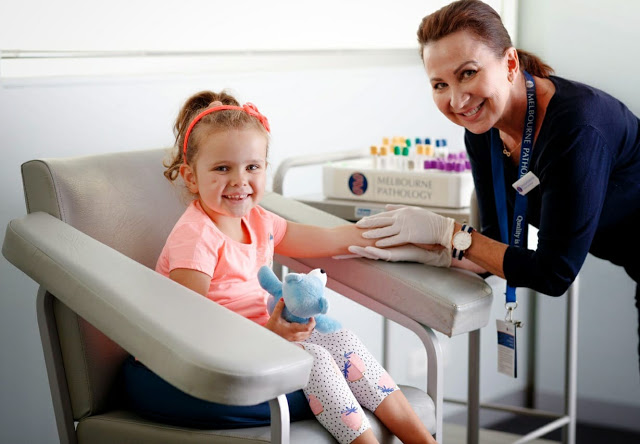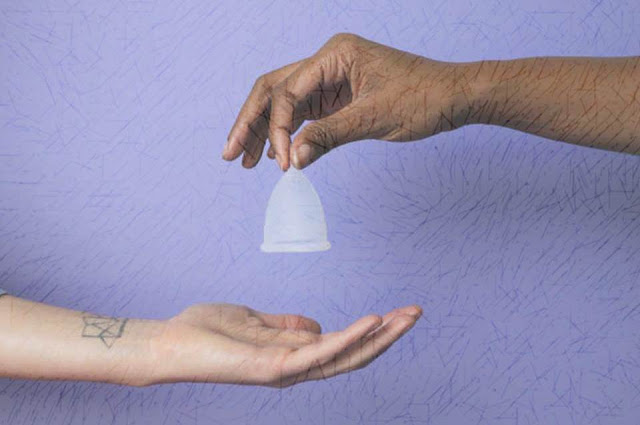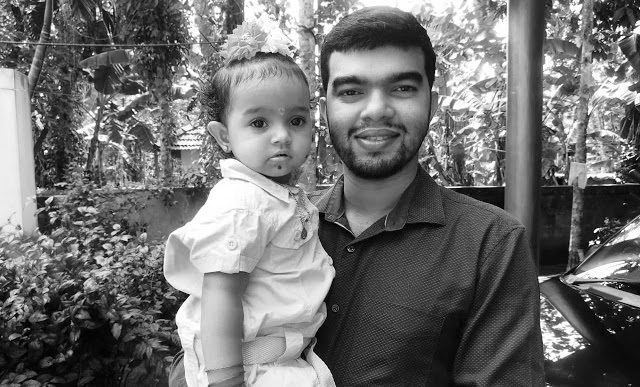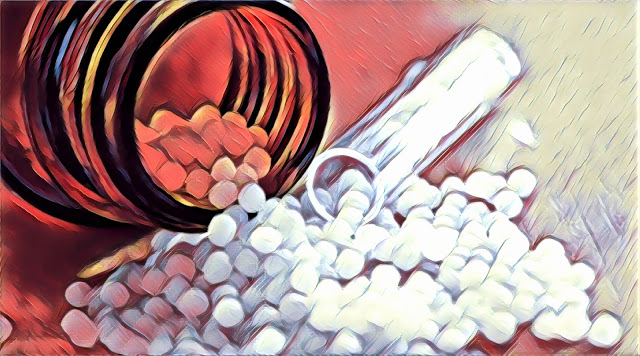Children, as we all know, are fragile creatures who need to be taken care of. Some of the biggest challenges in providing inpatient care for children are the need for frequent blood collection and peripheral cannulation for the administration of drugs. Placing a venous cannula or collecting blood from veins is a tedious process in children as compared to their adult counterparts. These are the reasons due to which children hate health care workers and hospital visits. Since I work in a busy government hospital, I have encountered hostility from the parents because I had to do the dirty job of blood collection, more so in my first year of residency. I know numerous doctors who avoided pediatrics for post-graduation just because they didn’t want to see children suffering from pain. At a busy hospital where a doctor has to conduct tens of phlebotomies a day, it is quite possible that the doctor will give more preference to sample collection as compared to alleviation of pain associated with it. In this article, I will explain certain tips for minimizing the number of pricks without compromising patient care.
Club investigations and collect sample at the time of cannulation

During the daily rounds, plan all the investigations required for the day and then proceed for blood collection. Even if we know that renal function test of a particular baby has to be sent today, wait for the daily rounds to get over so that we can couple that test with the additional investigations ordered by the consultant. As children have narrow veins, intravenous cannula needs to be changed every alternate day and residents should use this as an opportunity for sending blood investigations. Inform the nurse and parents about the need for sending a particular test and instruct them to collect a blood sample at the time of cannulation. It will not only decrease the number of pricks but also help us to preserve the peripheral veins for future cannulations and sampling.
Avoid unnecessary investigations
I have seen instances in which people unnecessarily send renal and hepatic function tests at the time of admission for obtaining baseline values. It is acceptable to do so if we are administering some drug which may adversely affect these organs or the disease itself may affect these organs as it progresses. However, there is no need to send a hepatic function test for a child suffering from pneumonia who is receiving Ampicillin as the antibiotic. Junior residents, especially the fresh ones tend to send a battery of tests without any rationale in an attempt to escape from the scolding from seniors. This is something that can be avoided. Before you send an investigation, always ask yourself whether you will get any information that may alter the course of treatment from this test.
Avoid in children with terminal diseases
If the child has a terminal disease and there is no scope for any improvement, there is no need for blood investigations in my opinion. It is prudent to discuss the condition with the parents of the child and make them understand that the best treatment that we can provide at this juncture is to avoid causing pain as far as possible so that their child can have a quality death. If we can’t save a child we should at least try to provide a painless period just before demise.
Avoid while sleeping and do along with other procedures

Unlike adults, children sleep frequently, especially infants and toddlers. As far as possible, avoid pricks during their sleep so that they can have a proper sleep without interruptions. I know that this is not always practical especially if a child’s condition is critical and we require frequent investigations to monitor the progress. Nonetheless, this principle can be applied to all those pediatric patients who are stable. If we plan to provide sedation to the child for some other reason (ex: for bone marrow biopsy, intubation, etc.), then it will be better to carry out sampling after providing sedation.
Use peripheral veins and collect from central venous catheters if available
Puncture of veins is always less painful than that of arteries and similarly, pricks over superficial blood vessels are less agonizing. Hence, whenever feasible, tap blood from superficial veins even though it may not be possible in all circumstances. Conditions like shock or edema may force the health care staff to puncture an artery for conducting investigations. In majority of the critical conditions, doctors place a central venous catheter for multiple purposes like administration of a drug, central venous pressure monitoring, etc. If available, resident doctors can use the same catheter for blood sampling also as it will be completely painless. Central lines often have 3 lumens and it will be sensible to keep one lumen exclusively for blood collection.
Apply local anesthetic if available
A eutectic mixture of Lidocaine and Prilocaine is available as an ointment that can be used at the site of needle insertion to minimize the pain. Unfortunately, it will cost 100 INR and there have been patients in our wards who couldn’t afford even 100 rupees and this particular ointment is not available at hospital through government supply. Nevertheless, explain such an option to parents if you feel that their child will undergo multiple phlebotomies in the coming days. We routinely use this ointment for a lumbar puncture to minimize local site pain and it is quite effective. Oral sucrose and breastfeeding are cost effective alternatives.
Healthcare providers often under utilize local anesthetic options – Jeffs, Scott, & Green, 2011
Communication with parents
Inform the parents about the tests that you are planning to send and the need for the same. Inform them that obtaining a sample in children may not be as easy as they think and you may need to puncture at multiple sites to collect adequate amount of blood. Verbal communication and informed consent like this will drastically improve parents’ co-operation during the procedure and will avoid unnecessary exchange of words. After collecting the sample, always make it a habit to label them properly and guide the bystanders to labs so that the sample will reach the destination on time for processing.
Parents are willing to purchase and pay for topical analgesics – Walsh & Bartfield, 2006
Educate your colleagues
You can bring a change in the way phlebotomy is practiced at your institute by educating your colleagues about the pain management techniques and its importance. A section of your batch mates will be adamant and may give mean replies like “It’s just a prick”, “I do it fast”, and “The pain is minimal”. They can be convinced by showing the data from various researches and meta-analysis. A group of your friends may be concerned with the time consumed for application of topical analgesia; however researches prove that when practiced routinely, application of topical analgesia is never time consuming.
One lesson I learned in the last 2 years as a resident doctor in pediatrics is that success in pediatric health care delivery is not just about making a successful diagnosis and providing proper treatment, but also lies in helping the child to tide over that crisis period with minimal pain and discomfort. Unfortunately, more often than not, we fancy correcting the pathology by drugs and diet and neglect the mental state of patient. Consultants and resident doctor need to work on this aspect of patient management also which largely go unnoticed.
Further reading:
1. Inadequate pain management during routine childhood immunizations: the nerve of it. https://pubmed.ncbi.nlm.nih.gov/19781434
2. Soft on sticks: an evidence-based practice approach to reduce children’s needlestick pain. https://pubmed.ncbi.nlm.nih.gov/21278596/
3.Survey of Parental Willingness to Pay and Willingness to Stay for “Painless” Intravenous Catheter Placement. https://bit.ly/3itq57E
Please give your valuable feedback as comments in the comments section. You can also use the floating messenger button to contact me through Facebook.



